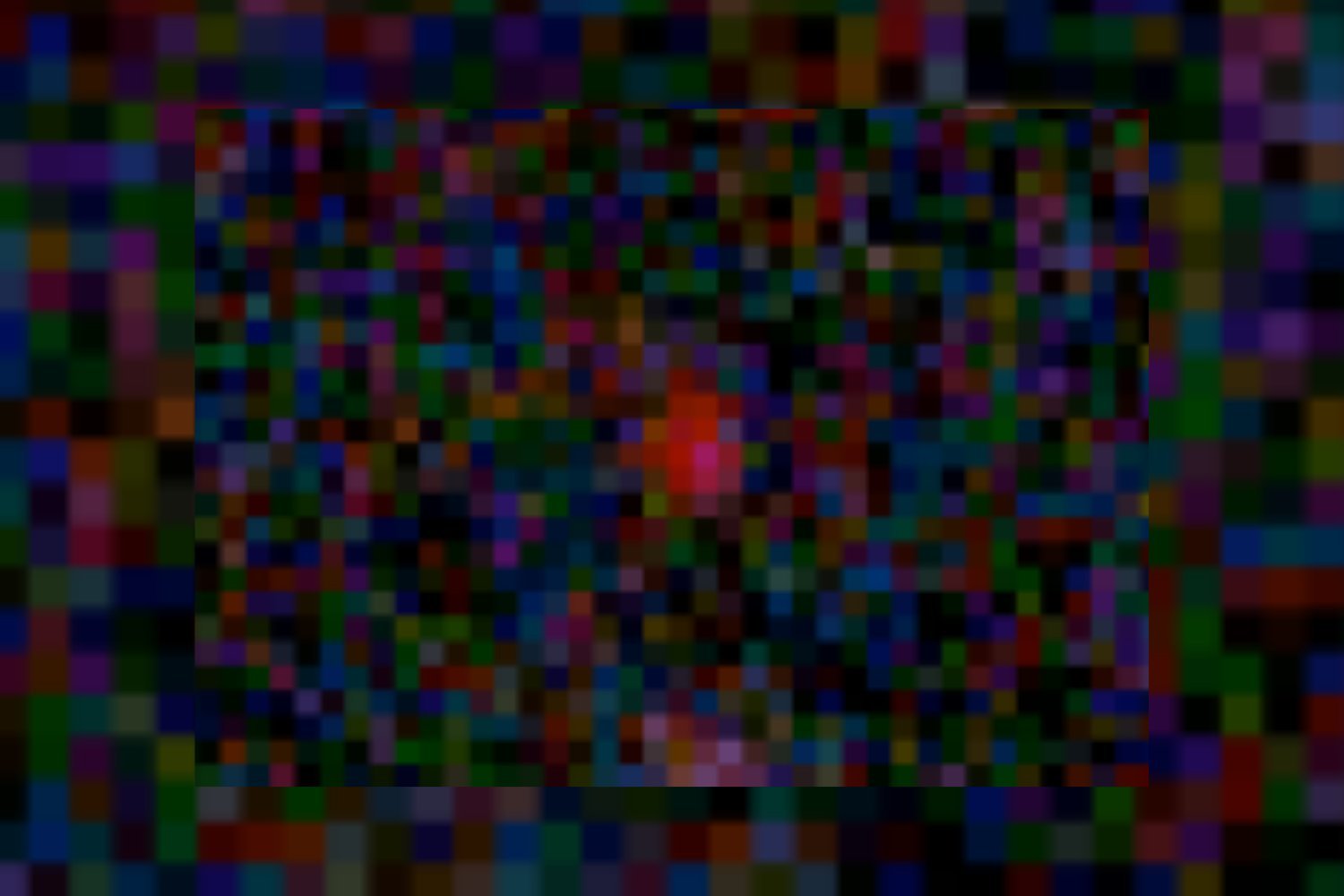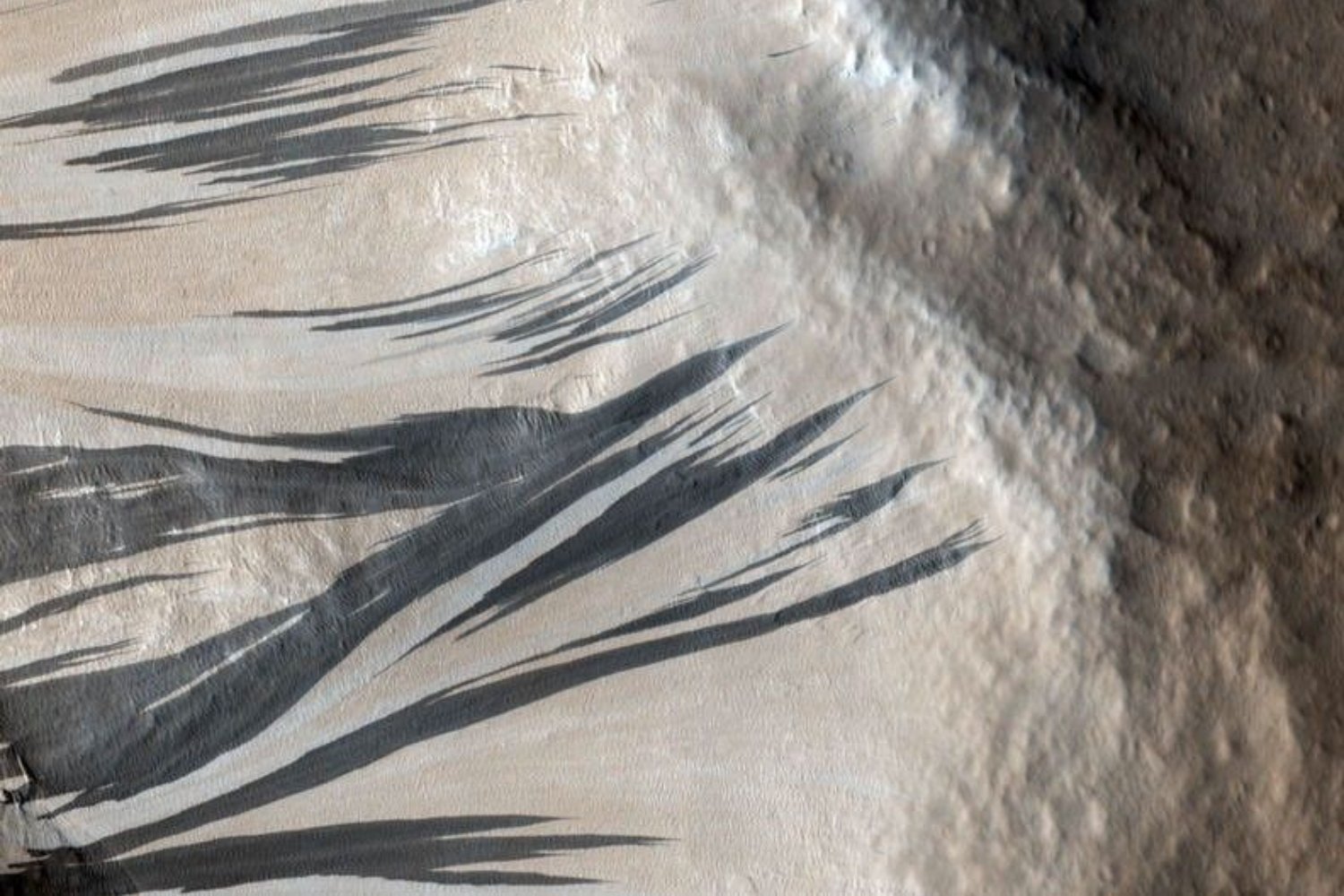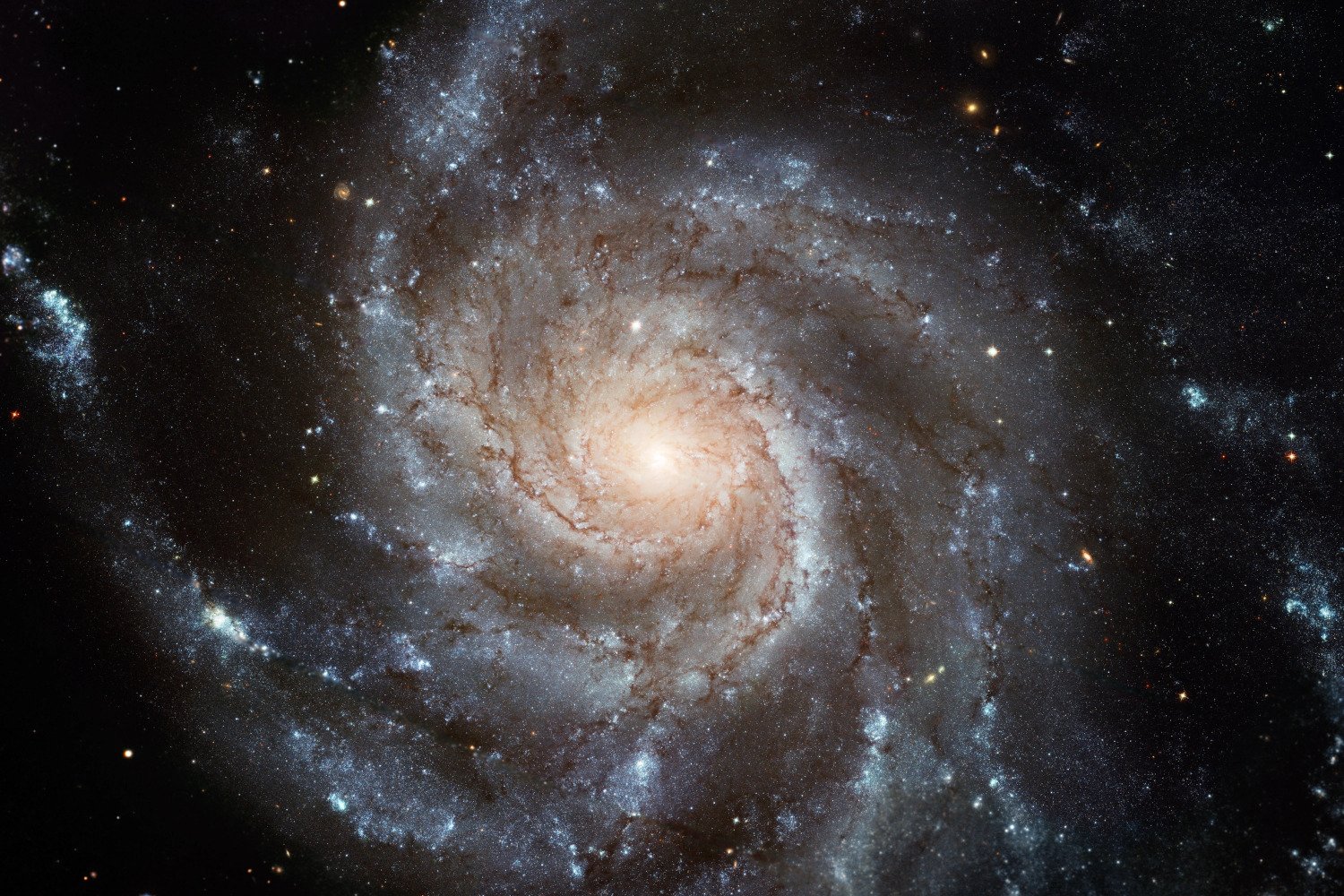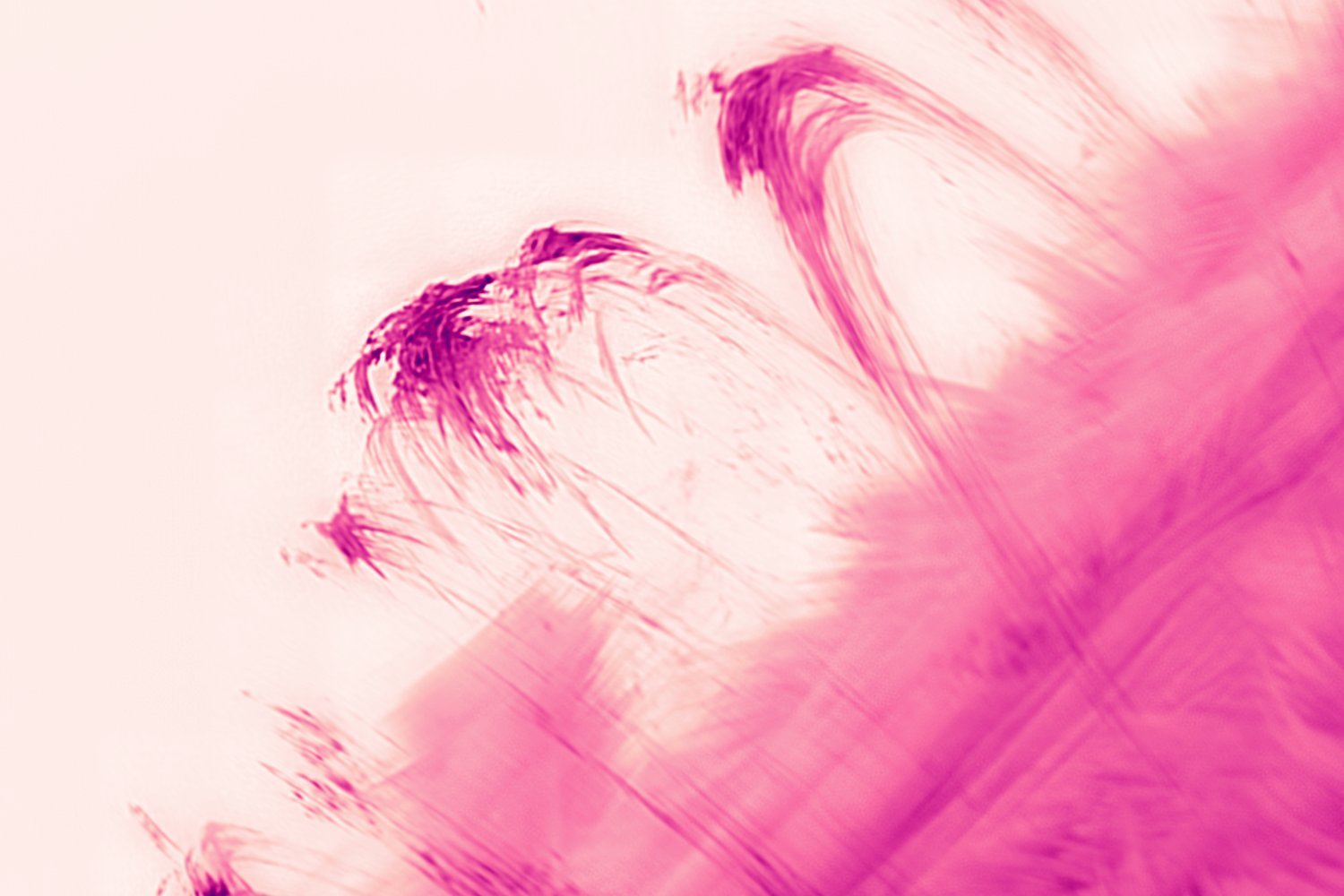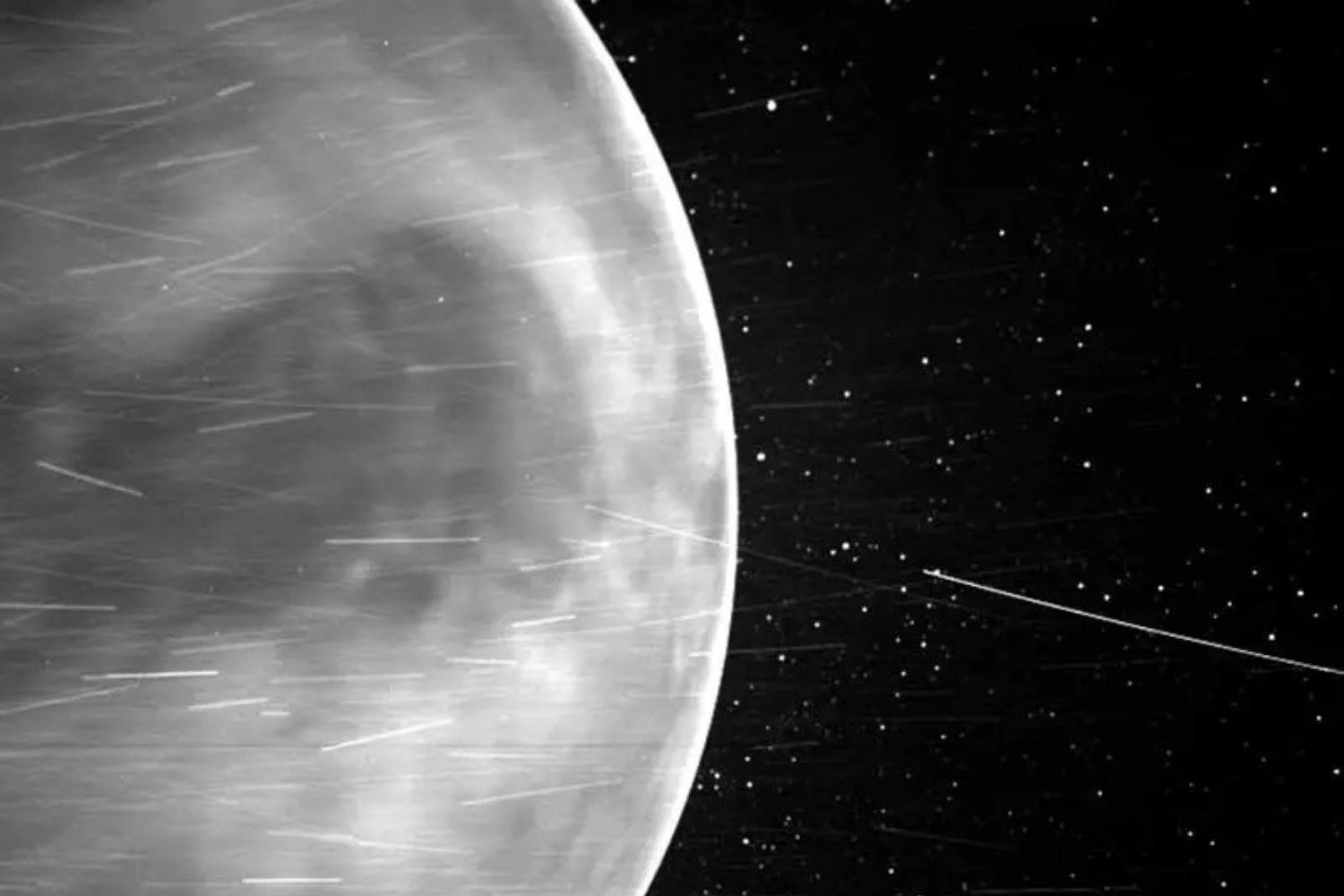The James Webb Space Telescope (JWST) has once again pushed the boundaries of astronomical observation, identifying the most distant galaxy ever detected. Named MoM-z14, this ancient stellar system was observed as it existed just 280 million years after the Big Bang, offering an unprecedented glimpse into the early universe. The discovery, led by Rohan Naidu of MIT, was part of the Mirage survey designed to confirm early galaxies and has been submitted to the Open Journal of Astrophysics after being posted on the preprint server arXiv.
An Unexpectedly Bright Beacon in the Early Universe
MoM-z14 is not merely a faint smudge in the cosmic darkness; it is surprisingly luminous, a characteristic that aligns with a growing number of JWST’s discoveries about the early cosmos. This galaxy, with a redshift of z = 14.4, indicating its light has been stretched over 14 times by the universe’s expansion, joins a peculiar new class of young galaxies that shine with an intensity far exceeding astronomers’ initial expectations. Another such object, JADES-GS-z14-0, discovered through a separate deep field survey, also astonished scientists with its significant size—spanning 1,600 light-years—and brilliance, containing hundreds of millions of solar masses in stars. Intriguingly, like JADES-GS-z14-0, MoM-z14’s extraordinary brightness does not appear to be fueled by a supermassive black hole. Instead, its luminosity is attributed to dense clusters of young, brilliant stars. These findings directly challenge current models regarding the speed at which stars and galaxies could form in the aftermath of the Big Bang.
JWST: Pushing the Boundaries of Cosmic Observation
The James Webb Space Telescope’s advanced infrared capabilities significantly surpass those of its predecessors, such as the Hubble and Spitzer space telescopes, in peering back to the universe’s infancy. This technological leap enables Webb scientists not only to detect these nascent galaxies but also to discern their structure and composition with remarkable detail. For instance, EGS23205, a barred spiral galaxy observed by both Hubble and JWST, appeared indistinct in earlier images. However, JWST’s observations clearly revealed a stellar bar at its core, overturning previous assumptions that complex structures like spiral galaxies required billions of years to evolve. Gravitational lensing further enhances JWST’s ability to explore the deep universe. Near the Abell 2744 cluster, also known as “Pandora’s Cluster,” the light from extremely distant galaxies—some existing only 350 million years after the Big Bang—is bent and magnified by the cluster’s immense gravitational field. This phenomenon allows astronomers to study primordial cosmic objects that would otherwise remain invisible, providing an intimate view of the early universe and becoming a cornerstone of deep-field astronomy.
MoM-z14’s Chemical Fingerprint and “Little Red Dots”
The chemical signature of MoM-z14 introduces another fascinating dimension to our understanding of the early universe. It exhibits a high nitrogen-to-carbon ratio, a characteristic shared with ancient globular clusters in the Milky Way, which researchers suggest may have hosted supermassive stars. This similarity hints at a remarkable continuity in star-forming environments across more than 13 billion years of cosmic history. The research paper also notes a potential dichotomy among early galaxies: compact, nitrogen-rich sources like MoM-z14, and more dispersed, nitrogen-poor galaxies. As Universe Today reports, the former group, including MoM-z14, might define a new class of objects dubbed “Little Red Dots,” which could hold vital clues about the universe’s initial bursts of star formation. [internal_links]
The James Webb Space Telescope has already fundamentally reshaped our timeline of galaxy formation. While future observatories, such as the Roman Space Telescope, are anticipated to unveil even more of these early cosmic enigmas, JWST continues to make groundbreaking discoveries. Given its current trajectory of success, it is highly probable that the telescope will surpass its own remarkable records in the near future, further illuminating the dawn of the cosmos.



